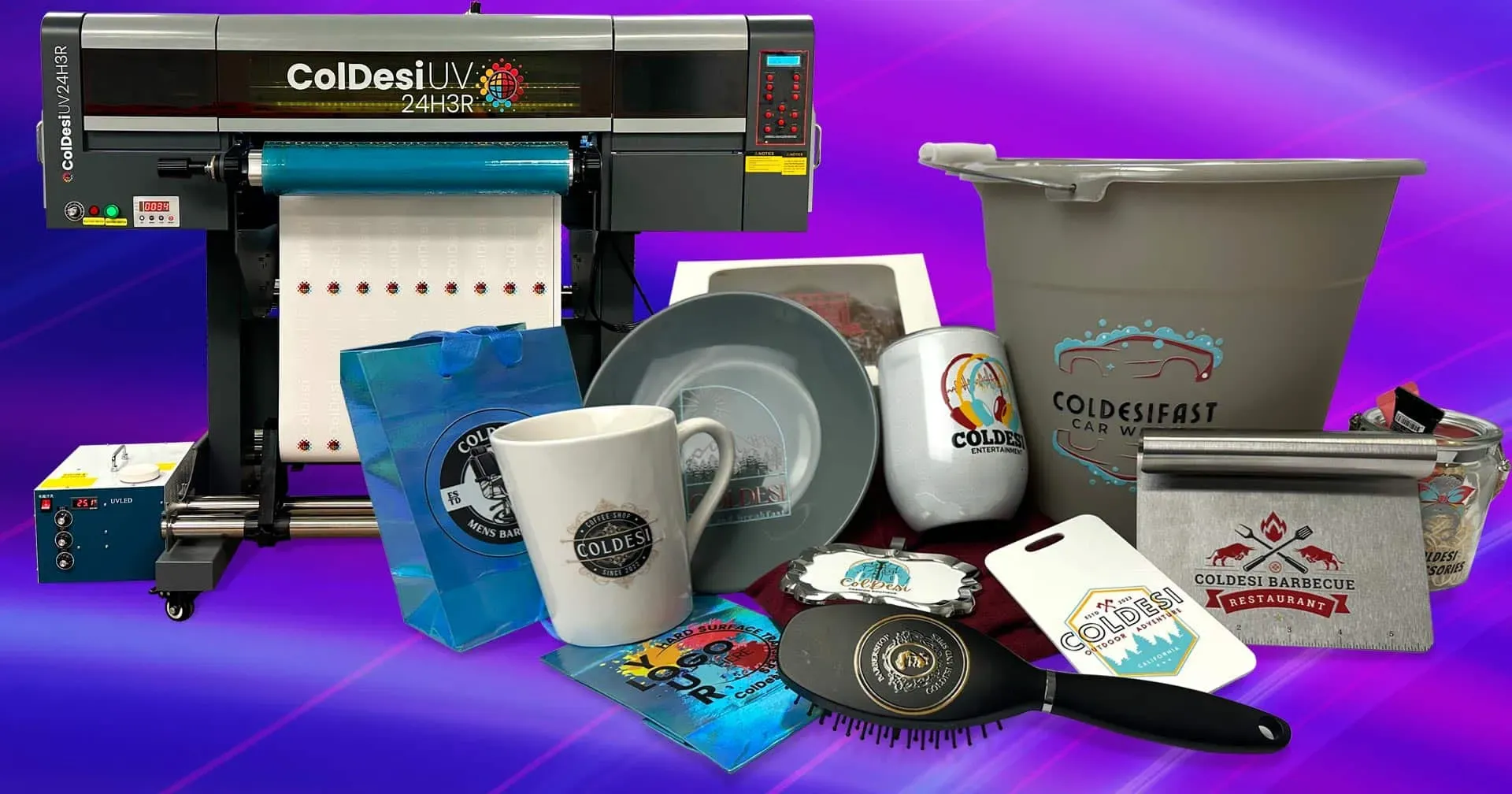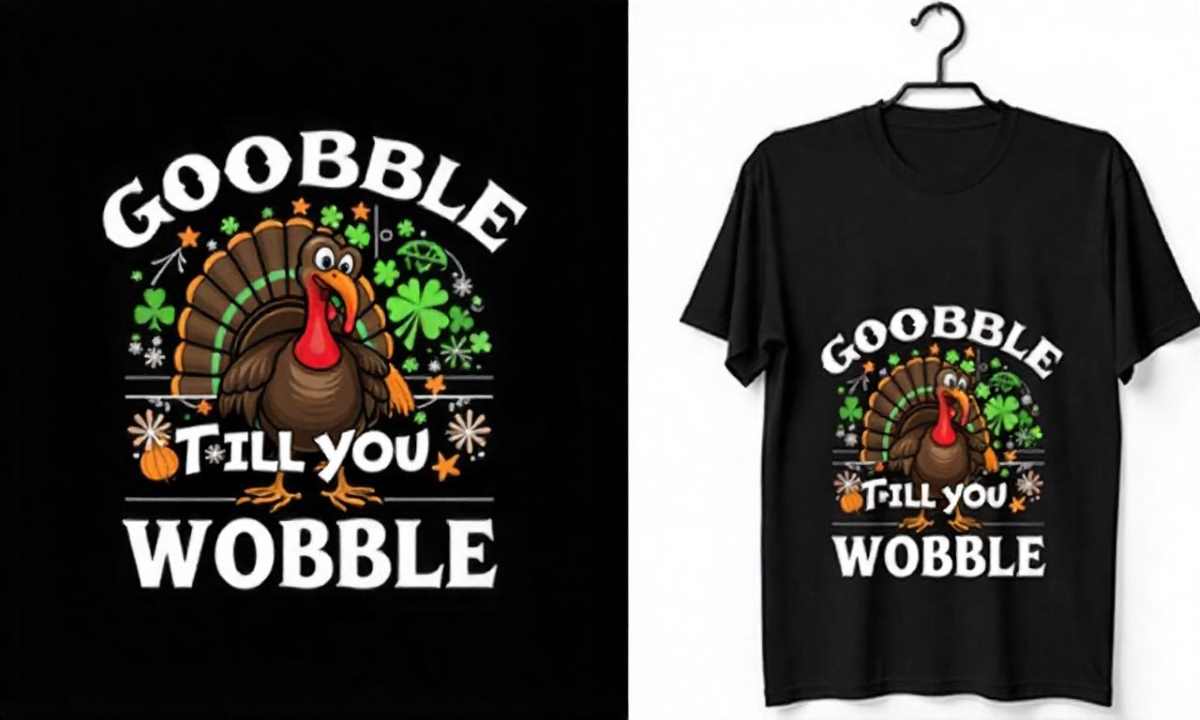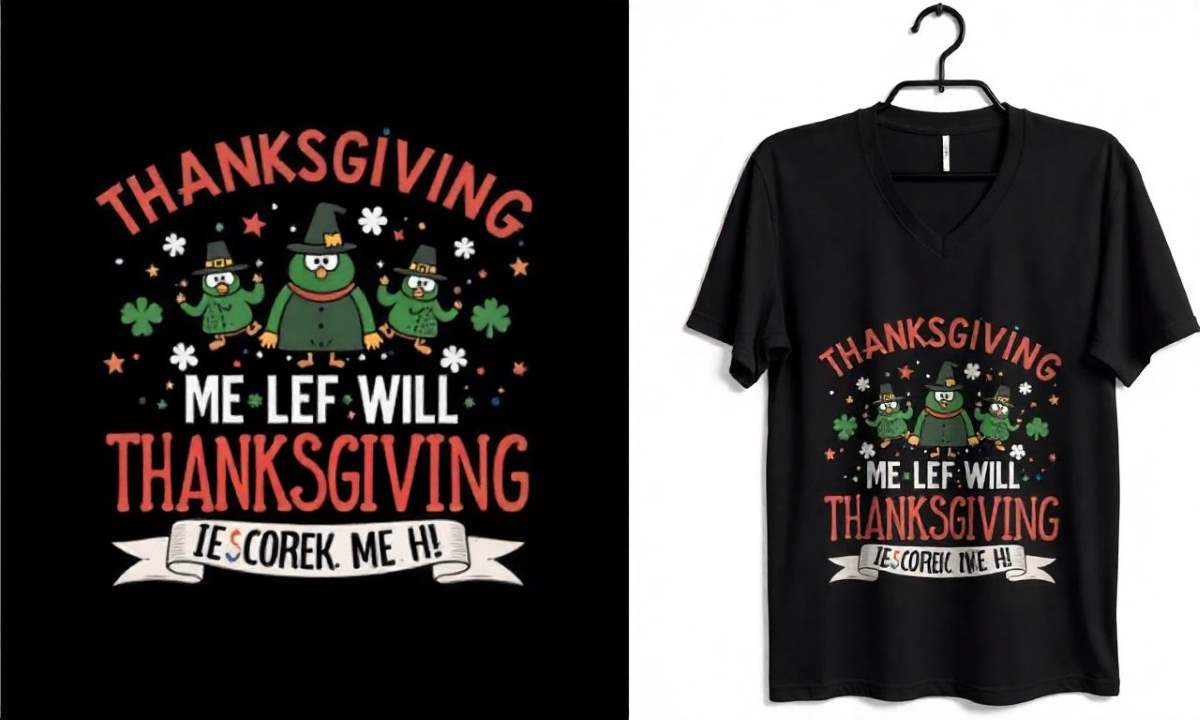UV DTF printing, or Ultra-Violet Direct to Film printing, is revolutionizing the landscape of modern printing technology by marrying the precision of UV printing technology with the versatility of direct-to-film processes. This innovative technique allows for vibrant colors and intricate designs to be transferred onto a wide range of surfaces, redefining the capabilities of traditional printing methods. As industries demand higher quality and faster turnaround times, UV DTF printing stands out for its ability to produce striking visuals while reducing setup costs for smaller runs. Furthermore, the advantages of UV printing, such as durability and resistance to fading, ensure that printed materials maintain their quality over time, making it a cost-effective solution in the long run. In this post, we’ll delve into a printing quality comparison between UV DTF and traditional methods, and uncover how each serves unique market needs.
When exploring the realm of advanced printing solutions, one may encounter terms like film printing, UV technology, and direct-to-film processes, all of which converge at the innovative UV DTF printing technique. This modern approach leverages ultraviolet light to cure inks as they adhere to a variety of materials, offering a seamless integration of quality and adaptability rarely seen in classic printing methods. As we navigate through the intricacies of cost considerations in UV DTF printing versus traditional alternatives, it becomes crucial to highlight not only the operational efficiencies gained but also the visual impact achieved. This discussion will provide insights into the varying applications and the lasting benefits associated with investing in UV printing technology. By understanding these terms and their interconnections, businesses can make informed decisions that enhance their branding strategies.
Understanding UV DTF Printing Technology
UV DTF printing technology stands out in modern printing processes due to its innovative use of ultraviolet light to cure the ink as it prints onto film. Unlike traditional processes that may involve arduous drying times, UV DTF delivers instant curing, enabling vibrant colors and intricate designs to be transferred efficiently onto a variety of substrates. This capability extends beyond conventional materials, allowing prints on fabrics, metals, glass, and plastics, which makes UV DTF a versatile addition to the printing arsenal.
One of the noteworthy advantages of UV DTF technology is its eco-friendliness. The process minimizes volatile organic compounds (VOCs), making it a greener choice compared to some traditional printing methods. By selecting UV DTF printing, businesses can emphasize sustainability in their operations, appealing to eco-conscious consumers and reducing their overall environmental footprint.
Comparing Quality: UV DTF vs Traditional Printing
When it comes to quality, UV DTF printing often comes out on top for its durability and resistance to environmental factors. The inks used in the process are designed to withstand fading and scratching, maintaining their vibrant colors over time, which is particularly beneficial for outdoor applications where exposure to sunlight and moisture is a concern. This longevity makes UV DTF prints ideal for promotional material that needs to last and maintain a professional appearance despite heavy use.
In contrast, traditional printing methods, while capable of producing high-quality results, may fall short in terms of durability. Techniques like screen printing or offset printing can provide a soft touch, especially important in textile applications. However, these prints may not resist the same level of wear and tear as UV DTF prints. When making a decision, it is essential to weigh the intended application and the lifecycle of the printed material against the specific strengths of each printing method.
Cost Comparison: Is UV DTF Printing Worth It?
Examining the cost of UV DTF printing reveals significant benefits, particularly for short-run projects or custom orders. The setup process is relatively quick, leading to lower initial costs compared to traditional methods that often require extensive preparations. This efficiency translates into quicker turnaround times, which can be a game-changer for businesses that need timely deliveries or individualized products without exorbitant pricing.
Nevertheless, traditional printing methods may still win out in cost-effectiveness for large-scale production runs. High-volume jobs can drastically reduce unit costs, leveraging economies of scale to make traditional methods financially appealing. Businesses producing bulk orders may find that the per-unit cost of traditional printing lowers significantly, providing leverage in pricing competitive markets, even if the setup costs are higher.
Real-World Applications of UV DTF Printing
The applications for UV DTF printing are extensive and varied. This technology is increasingly used in the fashion industry, allowing designers to create custom patterns and unique graphics on textiles quickly. Businesses also utilize UV DTF printing for promotional merchandise, where quick turnaround times and vibrant, full-color prints are essential in standing out in the marketplace. Additionally, UV DTF’s adaptability means it can accommodate different substrates, propelling opportunities in custom signage and home décor.
On the flip side, traditional printing methods retain dominance in classic applications like bulk t-shirt production and packaging. These methods have proven reliability, especially for mass production where uniformity and speed are pivotal. In sectors where high-volume runs are common, traditional techniques give businesses the assurance of quality and timely delivery, making them an irreplaceable choice despite the emergence of newer technologies.
Current Trends in UV DTF Printing Adoption
As technology advances, UV DTF printing is witnessing a surge in adoption across various industries. Businesses are pivoting towards this printing method, driven by consumer demand for unique, customizable products. The ability to print high-quality, full-color designs directly onto non-traditional surfaces has captured the attention of companies looking to differentiate their offerings and enhance their brand identity.
Industry reports indicate that UV DTF is becoming a preferred choice in sectors focusing on personalization, such as e-commerce and small batch production. As brands increasingly prioritize customized experiences, the adaptability and efficiency of UV DTF printing provide a competitive edge. This trend highlights not only the print quality but also the strategic importance of investing in advanced printing technology to meet modern consumer expectations.
Making the Right Choice: UV DTF vs Traditional Printing
Choosing between UV DTF printing and traditional methods ultimately hinges on the specific requirements of each project. For ventures prioritizing durability, intricate designs, and versatility across various substrates, UV DTF may provide superior results. It excels in delivering vibrant, long-lasting prints that can meet the demands of high-traffic applications and outdoor use.
Alternatively, businesses focused on mass production might find traditional printing more aligned with their needs. Its efficiency and cost advantages in large runs make it an appealing choice for those fulfilling bulk orders without sacrificing quality. Understanding the unique benefits and limitations of each method will empower individuals and businesses alike to make informed decisions tailored to their unique printing needs.
Frequently Asked Questions
What are the main advantages of UV DTF printing over traditional printing methods?
UV DTF printing offers several advantages compared to traditional printing methods. Firstly, it allows for vibrant color reproduction and intricate details due to its UV printing technology. Secondly, inks are cured instantly with UV light, resulting in quicker turnaround times and less manual labor. Finally, UV DTF is versatile, capable of printing on various materials, making it suitable for a wide range of applications.
How does the cost of UV DTF printing compare to traditional printing methods?
When comparing the cost of UV DTF printing to traditional printing methods, UV DTF is generally more cost-efficient for smaller runs or customized orders due to lower setup costs. However, traditional printing methods may become more economical in larger production runs due to economies of scale, making them ideal for bulk orders.
What is the quality difference between UV DTF printing and traditional printing methods?
UV DTF printing delivers high-quality prints that are durable and resistant to fading, scratching, and chemical exposure. While traditional printing methods may offer a softer touch, particularly for textiles, UV DTF prints can show a raised texture due to their layering process. This quality difference should be considered based on the intended use of the printed products.
In what applications is UV DTF printing most beneficial compared to traditional methods?
UV DTF printing proves most beneficial in applications requiring high color variety, detailed designs, and the ability to print on diverse materials, including unconventional surfaces. It excels in personalized items and promotional products, whereas traditional printing is often preferred for high-volume t-shirt production and bulk packaging.
What influence does UV printing technology have on market trends in printing?
The influence of UV printing technology, particularly UV DTF printing, is significant in current market trends. Businesses are increasingly adopting this technology to enhance product customization and personalization, as consumer demand for unique items grows. The versatility and efficiency of UV DTF printing allow companies to remain competitive in an evolving market landscape.
How do UV DTF printing and traditional printing methods compare in terms of setup and turnaround times?
UV DTF printing typically has lower setup times and faster turnaround compared to traditional printing methods, which often require lengthy setup processes and adjustments for large, conventional print jobs. This advantage makes UV DTF ideal for shorter runs and quick, last-minute orders.
| Aspect | UV DTF Printing | Traditional Printing |
|---|---|---|
| Technology and Process | Utilizes UV light to cure inks; versatile across various materials. | Involves mechanical processes like screen and offset printing; often requires larger batches. |
| Quality and Finish | Durable, resistant to fading and scratching, ideal for outdoor use. | Can offer a softer touch but may lack in enduring intricate details. |
| Cost Efficiency | Lower initial setup costs and quick turnaround; ideal for small runs. | More economical for large production runs due to economies of scale. |
| Applications and Use Cases | Suits a wide range of materials from promotional items to fashion designs. | Predominantly used for high-volume production like t-shirts and packaging. |
| Market Trends and Adoption | Growing preference for custom vibrant printing, increasing investment in technology. | Established in high-volume sectors with reliable and speedy production. |
Summary
UV DTF printing represents a cutting-edge advancement in the world of printing technologies. With its unique ability to create vibrant prints on a wide variety of surfaces, it addresses the increasing market demand for customization and high-quality finishes. While traditional printing methods have their strengths, particularly in large production runs, UV DTF printing is rapidly gaining traction due to its versatility, durability, and cost-effective setup. As businesses continue to seek innovative ways to personalize their products, understanding the differences between these printing methods will empower decision-makers to select the right approach for their specific needs.



